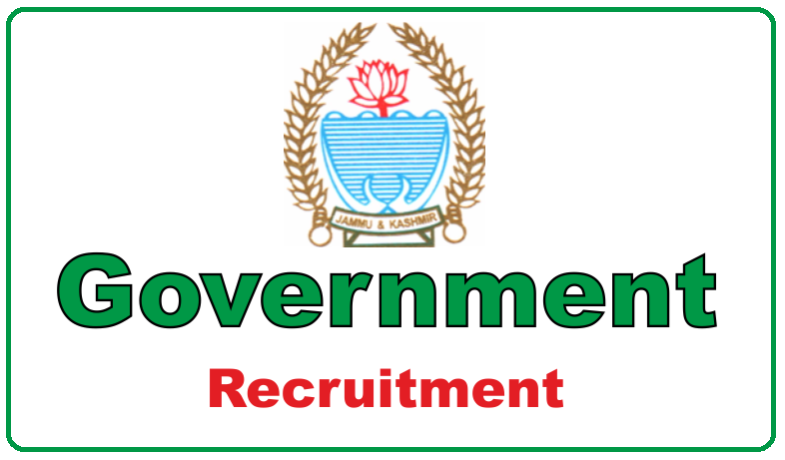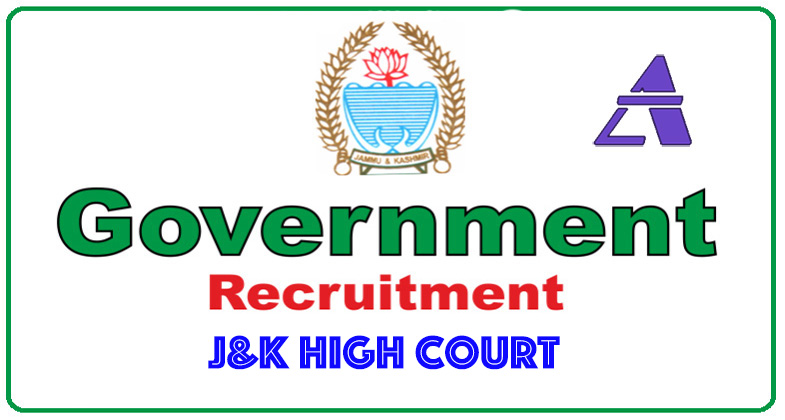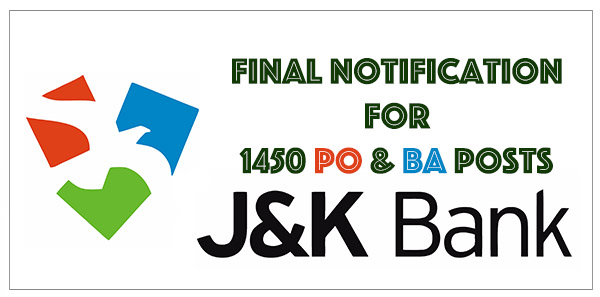-
What does ICFAI stands for?
Institute Of Chartered Financial Analysts Of India.
-
Tell me something about ICFAI?
The institution has been offering quality education to students across the country through its various programs in the field of higher education. The institution was founded by pioneers in private education
-
What are treasury bills?
Treasury Bills are the instruments of short term borrowing by the Central/State govt. They are promissory notes issued at discount and for a fixed period. These were first issued in India in 1917 Treasury bills (T-bills) offer short-term investment opportunities, generally up to one year. They are thus useful in managing short-term liquidity. At present, the Government of India issues three types of treasury bills through auctions, namely, 91-day, 182-day and 364-day. There are no treasury bills issued by State Governments.
-
What is yield?
In finance, the term yield describes the amount in cash that returns to the owners of a security. Normally it does not include the price variations, at the difference of the total return. Yield applies to various stated rates of return on stocks (common and preferred, and convertible), fixed income instruments (bonds, notes, bills, strips, zero coupon), and some other investment type insurance products (e.g. annuities).
-
What is HTM & AFS?
Available-for-sale (AFS), Held-to-maturity (HTM)
-
What is mark to market?
Mark-to-market is an accounting practice by which companies value and report their assets, especially financial instruments, at market price. Market price basically refers to the price at which the asset, or a similar asset, is trading at in a public exchange. The concept is derived from the accounting principle of prudence.
-
What are dated securities?
Dated Government securities are long term securities and carry a fixed or floating coupon (interest rate) which is paid on the face value, payable at fixed time periods (usually half-yearly). The tenor of dated securities can be up to 30 years.
-
Founder of NIACL? What do you know abot NIACL? Source of income for NIACL
New India Assurance Co. Ltd., Founded by Sir Dorabji Tata in 1919. NIACL -100 % Govt owned multinational general insurance company operating in 22 countries and headquartered at Mumbai, India.
-
What is the benefit of nationalization on Indian Banks?
Objectives Behind Nationalisation of Banks in India is : Social Welfare, Controlling Private Monopolies, Expansion of Banking, Reducing Regional Imbalance, Priority Sector Lending.
-
What is the difference between Cheque and Demand Draft?
Both are used for transfer the amount b/w two accounts of same or different Bank. Cheque is written by an individual and withdrawn from the account whereas Demand draft is issued by a bank where you have to pay before issuing.
-
What are NBFCs and difference between NBFCs and Bank?
Non-bank financial companies (NBFCs) are financial institutions that provide banking services, but do not hold a banking license. NBFCs do offer all sorts of banking services, such as loans and credit facilities, retirement planning, money markets, underwriting, and merger activities. These institutions are not allowed to take deposits from the public.
-
What is Private Banking?
Banking services offered to high net-worth individuals. Private banking institution assists the high net-worth individual in investing his/her money in exchange for commissions and fees. The term “private” refers to the customer service being rendered on a more personal basis.
-
What is the Use of Computers in a Bank?
Computers are used for many purposes in banks like: Computer store details of customers account information. Computers can solve billions of complex mathematical operations in fractions of a second. Computers can be used for user authentication. Computers can be used on a network to instantly contact other branches. When you use an ATM, you are using a networked computer terminal. It’s easier to access/update the information. An employee can also check a customer’s account balance instantly. Computers help a bank save time and money, and can be used as an aid to generate profits.
-
What is recession? What is the cause for the present recession?
It can be defined as if country’s GDP growth is negative for two or more consecutive years and the main cause for the present recession is Sub-Prime crisis where it started in US.
-
What is the difference between Nationalized bank and Private Bank ?
A Nationalized bank is one that is owned by the government of the country. Since the people decide who the government is, they are also referred to as public sector banks. The government is responsible for the money deposited into the accounts of these banks. Where as a private sector bank is one that is owned by an independent individual or a company that is controlled by a few individuals. In short, the bank is owned by someone else and they run the bank. The person owning/running the bank is responsible for the money deposited into the accounts of these banks.
-
What is LAF ?
Liquidity Adjustment Facility (LAF) was introduced by RBI during June, 2000 in phases, to ensure smooth transition and keeping pace with technological upgradation.
-
What is SENSEX and NIFTY?
SENSEX is the short term for the words “Sensitive Index” and is associated with the Bombay (Mumbai) Stock Exchange (BSE). The SENSEX was first formed on 1-1-1986 and used the market capitalization of the 30 most traded stocks of BSE. Where as NSE has 50 most traded stocks of NSE.SENSEX IS THE INDEX OF BSE. AND NIFTY IS THE INDEX OF NSE.BOTH WILL SHOW DAILY TRADING MARKS. Sensex and Nifty both are an “index”. An index is basically an indicator it indicates whether most of the stocks have gone up or most of the stocks have gone down.
-
What is Fiscal Deficit?
It is the difference between the government’s total receipts (excluding borrowings)
-
What is Sub-prime crisis?
The current Subprime crisis is due to sub-prime lending. These are the loans given to the people having low credit rating.
-
What is a Repo Rate?
Repo rate is the rate at which our banks borrow rupees from RBI. Whenever the banks have any shortage of funds they can borrow it from RBI. A reduction in the repo rate will help banks to get money at a cheaper rate. When the repo rate increases, borrowing from RBI becomes more expensive.
-
What is Reverse Repo Rate?
This is exact opposite of Repo rate. Reverse Repo rate is the rate at which Reserve Bank of India (RBI) borrows money from banks. RBI uses this tool when it feels there is too much money floating in the banking system. Banks are always happy to lend money to RBI since their money is in safe hands with a good interest. An increase in Reverse repo rate can cause the banks to transfer more funds to RBI due to this attractive interest rates.
-
What is CRR Rate?
Cash reserve Ratio (CRR) is the amount of funds that the banks have to keep with RBI. If RBI decides to increase the percent of this, the available amount with the banks comes down. RBI is using this method (increase of CRR rate), to drain out the excessive money from the banks.
-
What is SLR Rate?
SLR (Statutory Liquidity Ratio) is the amount a commercial bank needs to maintain in the form of cash, or gold or govt. approved securities (Bonds) before providing credit to its customers. SLR rate is determined and maintained by the RBI (Reserve Bank of India) in order to control the expansion of bank credit. SLR is determined as the percentage of total demand and percentage of time liabilities.Time Liabilities are the liabilities a commercial bank liable to pay to the customers on their anytime demand. SLR is used to control inflation and propel growth. Through SLR rate tuning the money supply in the system can be controlled efficiently.
-
What is Bank Rate?
Bank rate, also referred to as the discount rate, is the rate of interest which a central bank charges on the loans and advances that it extends to commercial banks and other financial intermediaries. Changes in the bank rate are often used by central banks to control the money supply.
25.Why the banks are going to lend the money at varied interest rate?
Banks are going to lend the money at varied interest rates depending upon the purpose, amount and period of loan.
Like us on facebook or Subscribe to our posts via email to remain updated about this post





